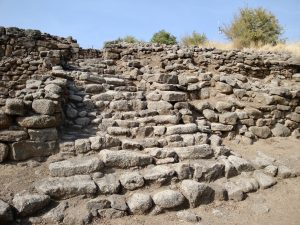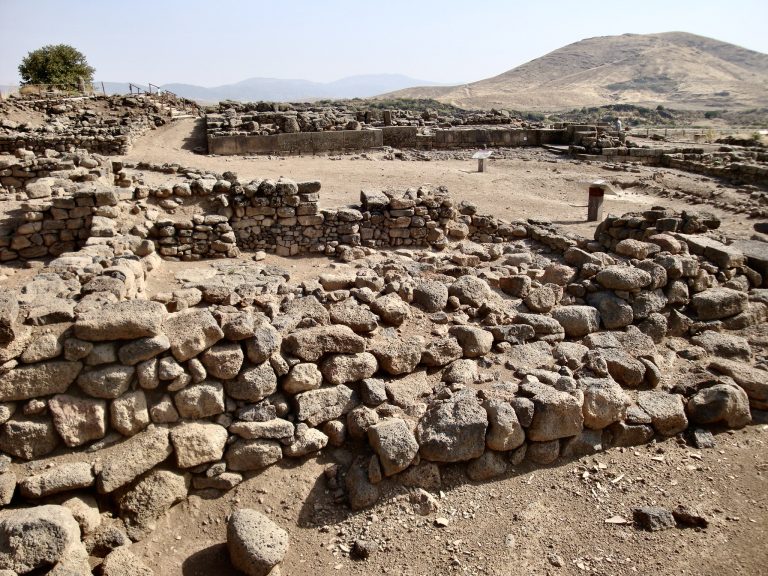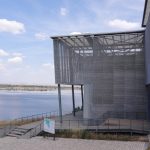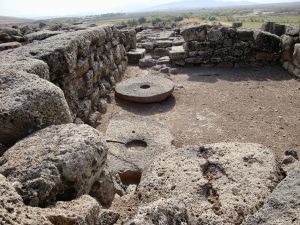 Ten km east of Islahiye, itself midway between Osmaniye and Gaziantep, you’ll see a sign pointing to Tilmen Höyük which sits in the Islahiye Vadisi (valley), part of a fault line delineated by the Amanus and Kurt mountain ranges and extending south through the Middle East all the way to the Red Sea and East Africa.
Ten km east of Islahiye, itself midway between Osmaniye and Gaziantep, you’ll see a sign pointing to Tilmen Höyük which sits in the Islahiye Vadisi (valley), part of a fault line delineated by the Amanus and Kurt mountain ranges and extending south through the Middle East all the way to the Red Sea and East Africa.
Even if you’re not normally very interested in prehistoric ruins you might want to visit this site since not only has it been admirably excavated and labelled but it also sits in an exquisite location overlooking the Karasu river in an area that has been listed as a protected wetland under the Ramsar Convention. As a result you can expect to pass your visit in the company of all sorts of birds, including grey wagtails and beautiful pied kingfishers who skydive the artificial lake near the car park. Olive trees also grow wild in this beautiful and peaceful place.
Around Tilmen the landscape is bucolically rustic. This is a part of the world where the traffic jams are caused by huge flocks of sheep or cows in the road, and where you’ll find yourself rounding the base of a hummock that looks much as Tilmen must have done before it was excavated near a village named Şahmaran after the strange mythological Queen of the Snakes who has a particular resonance in the part of Turkey stretching between Tarsus in the west and Mardin in the east.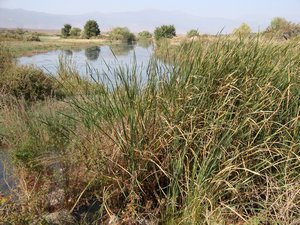
Around the site
The site at Tilmen dates back to Late Chalcolithic times (c. 2500 – c. 1700 BC), and it’s at least as interesting to explore as the much better known site at Troy, not least because the bases of the structures here were made using huge slabs of basalt that have stood up to the passing of the millennia well.
The site was originally excavated between 1959 and 1972, but new work was carried out between 2003 and 2005, and the result has been state-of-the-art labelling, which makes it possible to recognise that there was once a fortified city here that endured into the Late Bronze Age (c.1500 – c. 1200 BC).
The remains of an impressive palace complete with throne room indicate just how important the site would have been in its heyday around 1800-1600 BC. It has been compared to the site at Ebla in northern Syria in which case mud-brick walls would probably have risen above the basalt foundations with colourful paintings on their inner faces.
Sleeping
Gaziantep offers the best base for a visit to Tilmen. Kilis is slightly nearer but has fewer places to stay.
Transport info
Tilmen is best visited on the way to the Yesemek Hittite quarry. Local taxi drivers know the way. Make sure you agree the return fare including waiting time before you set out.
